Are Cats Really Nocturnal? The Truth About Cats' Sleep Cycles
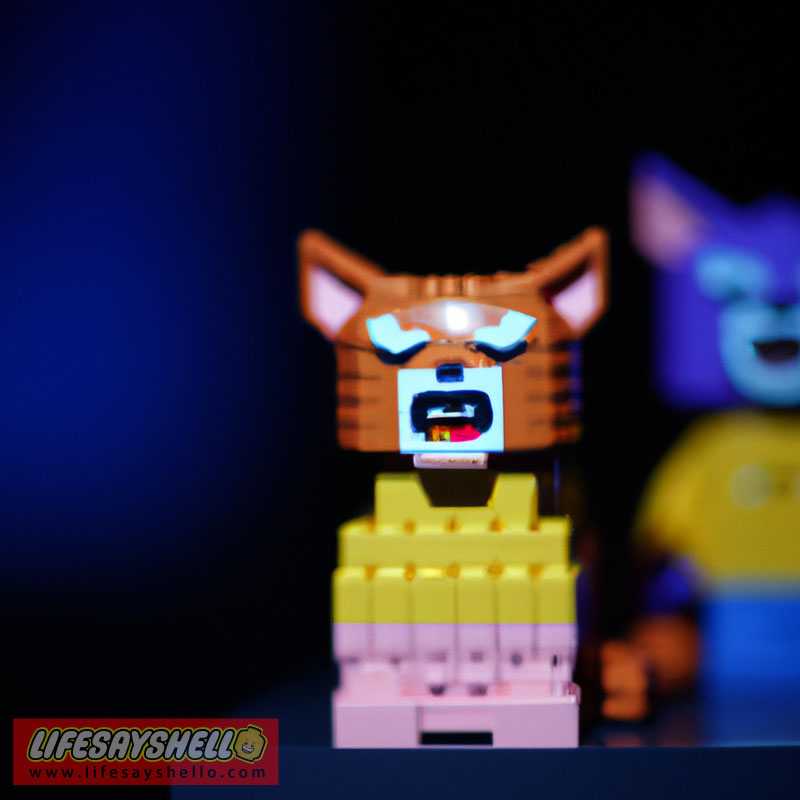
It's a common myth that cats are nocturnal animals. We've all seen cats lounging around during the day, only to suddenly get the "zoomies" and run around the house at night. This makes it seem like they're most active when the sun goes down.
But cats actually have a unique circadian rhythm that doesn't quite match up with humans' or other animals' sleep cycles. The truth is, cats are crepuscular, not nocturnal.
Cats' Activity Patterns Show They're Crepuscular
Crepuscular animals are most active during twilight - at dawn and dusk. For cats, this matches up with when many of their prey animals are also active. Mice, voles, birds, and other small critters that cats hunt tend to forage for food in the dim light of early morning and evening. So cats have adapted their own activity patterns to match.
Cats' peak hunting times are early in the morning, just around sunrise, and in the evening around sunset. This crepuscular schedule allows them to take advantage of low light conditions and catch their prey more easily. Their vision and hearing are adapted for hunting in dim conditions.
Cats are polyphasic sleepers, meaning they take frequent cat naps throughout the 24-hour daily cycle. They are light sleepers and can quickly become alert when needed. So don't be fooled when you see your cat snoozing during the day - they're still ready to spring into action. Their light, polyphasic sleep pattern allows cats to conserve energy while still being ready to hunt whenever opportunity arises.
Why Do Cats Sleep So Much?
If cats are crepuscular hunters, why do they seem to spend so much time sleeping? On average, cats sleep about 15 hours a day. Kittens and older cats need even more sleep - upwards of 20 hours!
All of that sleep serves several important purposes for our feline friends:
Promotes bonding - When cats sleep near their human companions, it strengthens social bonds. Sleeping together promotes feelings of safety and companionship.
Relieves stress - There's just something soothing about watching a sleeping cat. Their calm presence helps lower stress levels.
Makes you feel calmer - Cats have a mutually calming effect on their human families. Lower stress levels help ease anxiety.
Helps cats recharge - Sleep is essential for immune function, brain development, and overall health in cats.
Conserves energy - As predators, cats need to conserve energy between hunts. Sleep allows them to refuel their bodies.
Gives security - Cats like to sleep in vantage points where they can survey their territory and watch for threats. It's an instinct that goes back to their wild origins.
So even though cats spend a large portion of their day sleeping, they're not just being lazy. Sleep is a vital part of their natural rhythms and health.
The Stages of Cats' Sleep Cycles
Cats have two main types of sleep - REM and deep sleep. REM stands for rapid eye movement sleep. This is the stage where dreaming occurs. Cats' REM sleep is accompanied by twitching, paddling motions, and changes in breathing patterns. Since cats take short naps throughout the day, they quickly pass through the stages of sleep during each nap period.
Deep sleep is restorative. Breathing and heart rate reach their lowest levels during this stage. Cats are unlikely to dream or twitch much in deep sleep. Their muscles relax fully and they assume comfortable sleeping positions.
Kittens spend more time in REM sleep than adult cats. As cats age, they tend to need more deep sleep. Senior cats with arthritis often have disrupted sleep cycles due to pain and stiffness.
While napping, cats are still alert to their surroundings. Their light sleep allows them to awaken instantly if threatened. This is an adaptation that goes back to their days as wild hunters, when they always had to be ready to escape danger.
How to Tell If Your Cat is in Deep Sleep
Wondering if your cat is in deep, restorative sleep? Here are a few signs to look for:
Twitching or wiggling - When cats are in REM sleep, they twitch frequently as they dream. In deep sleep, twitching is minimal.
Slow, relaxed breathing - Look for slow, steady breathing rhythms when your cat is in deep sleep. Their body is fully relaxed.
Muscle relaxation - Deep sleep is accompanied by muscles releasing all tension. Your cat may stretch out fully and roll to the side.
Changes in facial expression - In REM sleep, your cat's face may twitch or move as they dream. In deep sleep, their expression is relaxed.
Stiff sitting position - When cats nap sitting up, their muscles will stiffen to hold them upright during deep sleep.
The next time you catch your cat snoozing, look for signs they're in restorative deep sleep. Their unique sleep rhythms allow cats to hunt, play, and thrive as crepuscular creatures. While they love a good nighttime zoomie session, they're definitely not nocturnal animals.
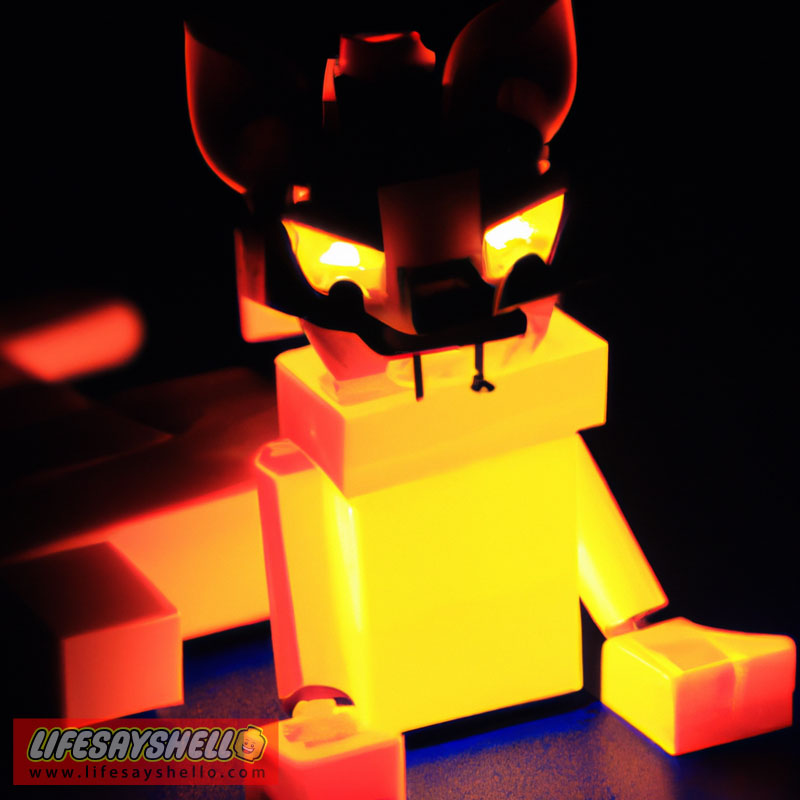
Tips for Living with a Crepuscular Cat
Play at dawn and dusk - Engage your cat in active play when they're naturally most awake - early morning and evening.
Provide perches - Give cats raised vantage points from which to survey their territory as they rest.
Respect naptime - Don't disturb a sleeping cat unless necessary. Let them get their necessary rest.
Give nighttime outlets - Provide safe outlets for cats' nighttime energy, like puzzle toys and scratching posts.
Consider a companion - A second crepuscular cat will provide companionship during those dawn and dusk active times.
So while the myth persists that cats are nocturnal, the truth is they're most active and alert at twilight. Their unique sleep cycle allows them to hunt, play, and thrive while living in our human world. By respecting cats natural rhythms, we can help them live their healthiest, happiest lives.
Cats' Sleep Cycle: How the Crepuscular Rhythm Shapes Their Days
As any cat owner knows, our feline friends spend a good portion of their days dozing and dreaming. Cats sleep between 12-20 hours per day on average. But unlike humans who sleep mostly at night, cats have a crepuscular circadian rhythm. Their sleep cycle is shaped by their natural instinct to hunt most actively at dawn and dusk.
Why Do Cats Sleep During the Day?
Cat naps during daylight hours are perfectly normal and healthy for cats. In fact, daytime sleep provides several benefits:
Saves energy - Sleep conserves cats' energy between hunts. This is vital for predators.
Aids health - Sleep strengthens immunity, allows tissue growth and repair, and benefits cats' brains.
Provides security - Cats nap in locations with good visibility to watch for threats as they rest.
Increases bonding - When cats sleep near trusted humans, it promotes social bonding and companionship.
So even though they seem inactive during the day, cats are still alert to their surroundings while napping. Their light, polyphasic sleep pattern gives them rest while allowing them to instantly wake if needed.
The Stages of Cats' Sleep Cycle
Cats have two main types of sleep - REM and deep sleep. Kittens spend more time in active REM sleep, while older cats need more deep sleep.
REM sleep is light and active. Cats dream during REM sleep, and may twitch their eyes, whiskers, and paws.
Deep sleep allows true rest. Their breathing and heart rate slows down. Their bodies fully relax.
Cats' light overall sleep pattern allows them to quickly transition between sleep stages as needed. This means they can instantly wake up if a noise or threat disturbs them, while still getting quality rest.
Crepuscular Instincts Affect Cat Sleep Habits
In the wild, cats are most active hunting at dawn and dusk. So even as pets, they instinctively want to be awake and alert during those crepuscular times.
That's why cats often get the "zoomies" and playful bursts of energy in the early morning and at night. Their natural crepuscular rhythm hasn't changed, even though they no longer hunt for their food.
Understanding this innate circadian rhythm helps explain why cats sleep so much during the day, but still want to play and prowl as the sun goes down. Their sleep cycle is flexible to allow activity during their biologically programmed active periods.
So the next time your cat is up all night, remember - they aren't nocturnal. It's just their natural crepuscular instinct kicking in. By respecting their innate rhythms, we can help our cats live healthy, enriched lives.

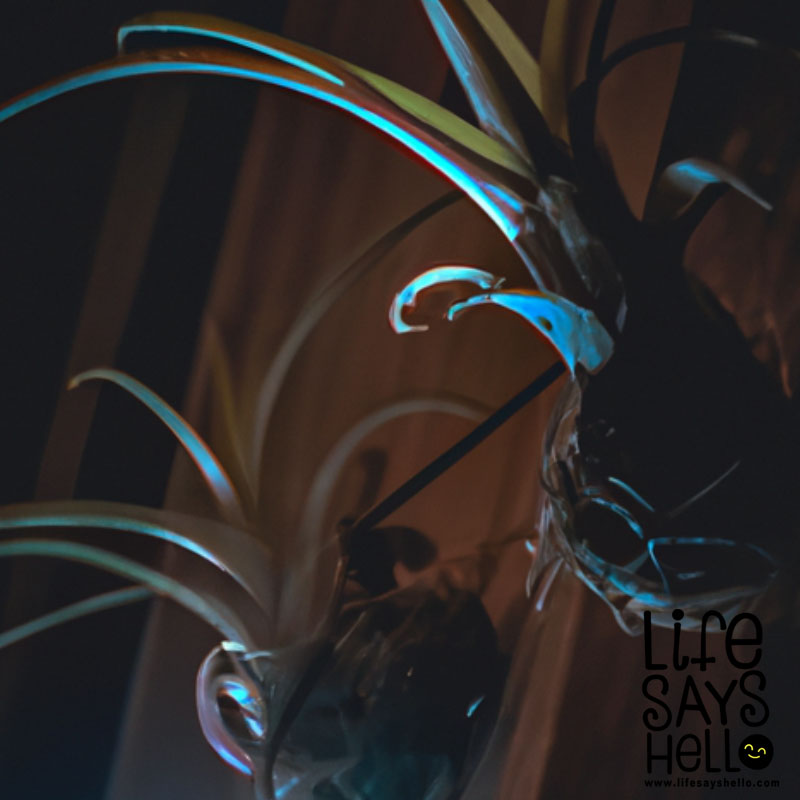
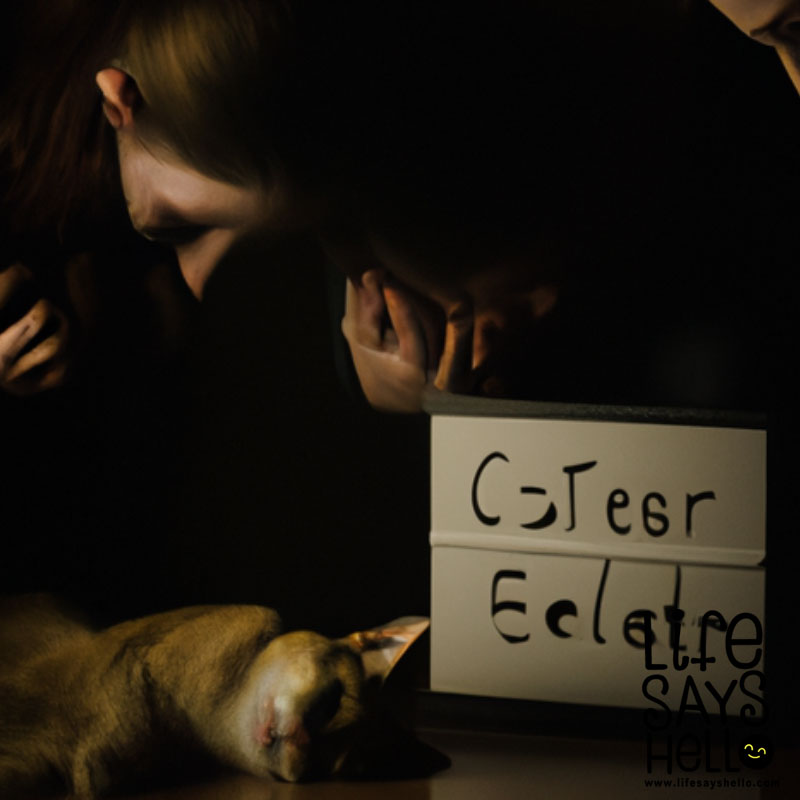
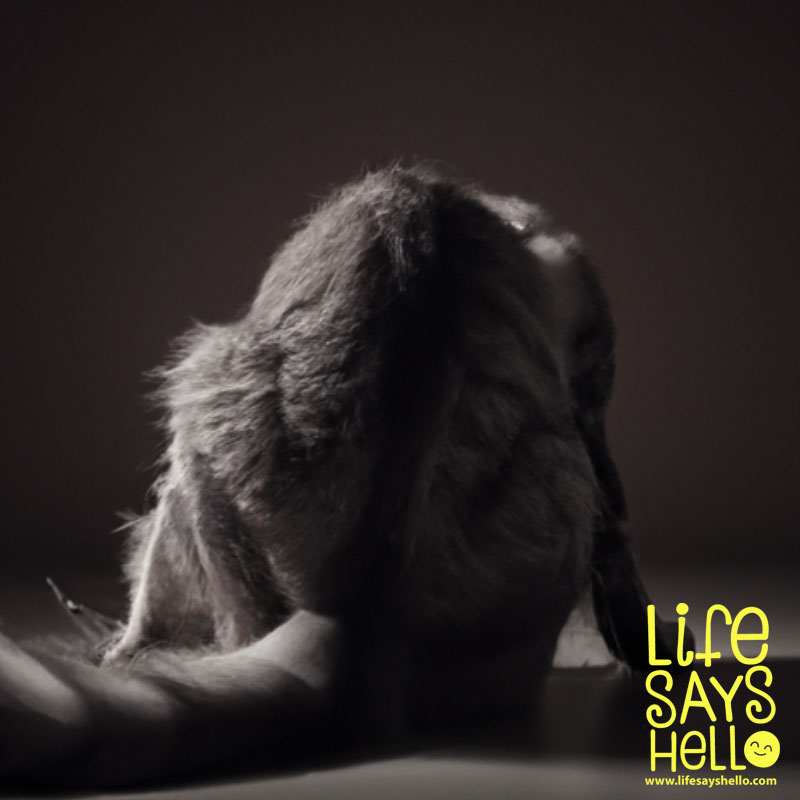
Comments